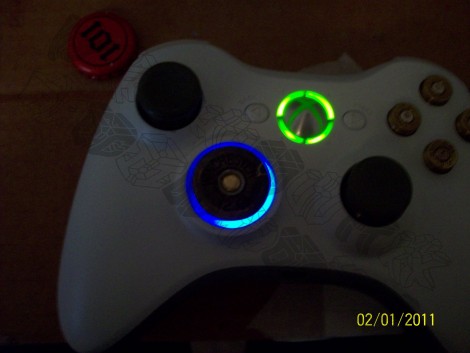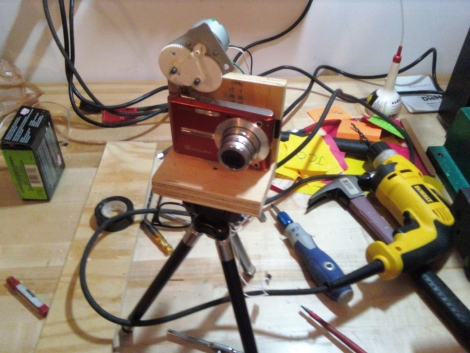
[Jrfhoutx] makes gaming in the dark a bit easier with this backlight shotgun shell d-pad for an Xbox 360 controller. He’s building on another tutorial he posted showing how to use the brass base of a shotgun shell to replace the stock plastic direction pad. That hack uses most of the original plastic part, cutting it down a bit and capping it off with the shell base. But now he’s detailing the process used to add LEDs around the base. He picked surface mount 0603 packages which are first chained together, then held in place using hot glue. While you’re in there, give this rapid-fire mod a try as well.














